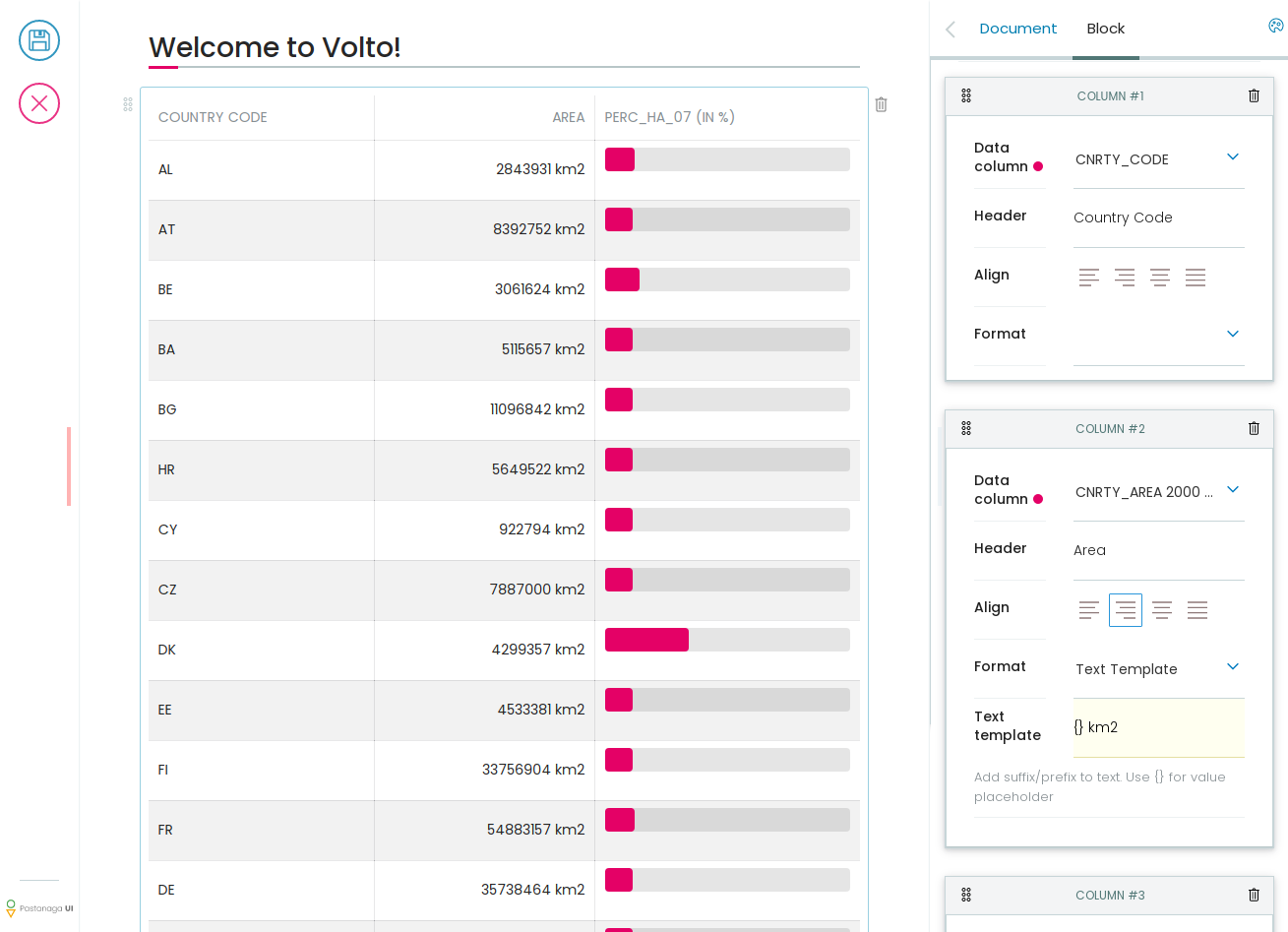1. Introduction#
1.1. Who are you?#
Tell us about yourselves:
Name, company, country...
What is your Plone experience?
What is your JavaScript experience?
What is your Volto experience?
What are your expectations for this hands-on session?
1.2. What will we do?#
Some technologies and tools we use during the training:
React & JSX
This training assumes that you have already taken (either in person at a Plone Conference or online) the existing React and Volto trainings. If you're following this training course on your own, you should first go through the Volto Hands-On training.
In a real training the instructor should quickly go through a number of key concepts of React and Volto development, as a refresher.
1.3. What to expect#
At the end of this course you will know how to extend Volto using add-ons, what are the current capabilities of add-ons, their pros and cons, how to distribute add-ons and how to deploy them.
1.3.1. Roadmap#
bootstrap a Volto project using the
@plone/voltoskeleton generatorbootstrap a Volto add-on from scratch
develop a simple Volto block
write an action/reducer pair for network requests
connect the block to network-fetched async data
learn how to make React code reusable
learn how to make blocks extensible
1.4. The hands-on exercise#
The hands-on exercise will feature developing an add-on that provides table views for data files (CSV). We will be using real-world patterns and development models based on the experience gained while developing several websites that use these types of add-ons.
Here's a preview of the block we'll build:

We will be facing different challenges, and we will be solving them, introducing or refreshing some concepts covered in the previous training classes. We will cover the proper solution to each challenge, and we will provide an overview of what to expect when developing for Volto.
1.5. Before you start#
You'll need to have a Plone instance with plone.restapi integrated. The quickest
way to get a Plone instance running is with Docker:
docker run -it --rm --name=plone \
-p 8080:8080 -e SITE=Plone -e ADDONS="plone.volto" \
-e ZCML="plone.volto.cors" \
-e PROFILES="plone.volto:default-homepage" \
plone
If you have the whole tool chain setup to develop Plone, you can also clone and use Volto's development backend setup:
git clone https://github.com/plone/volto
cd volto
make build-backend
make backend-start